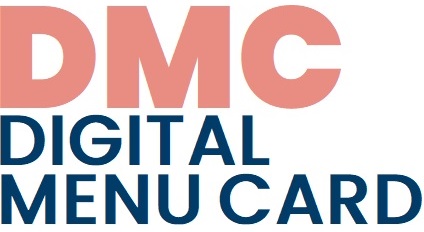Diagnostic assessment is the set of pedagogical procedures and measures that reveal the results and problems of a given stage of the pedagogical process. Its main function is to provide the basis for modified teaching-learning strategies and to prepare the ground for pedagogical decisions.
Diagnostic assessment is a tool for situational awareness, to identify learners' prior knowledge, motivation to learn, interests and learning preferences. The diagnostic assessment serves to inform the teacher - and of course the student - and the information gained can be used to plan the teaching-learning process effectively. Diagnostic assessment will not result in a mark/grade. However, it is important that students receive meaningful feedback about their results.
Diagnostic assessment can be applied in different phases of the teaching/learning process.
To ensure effectiveness of teaching and learning it is important to know whether our students have the knowledge we want to build on. The diagnosis will help us decide how to start and continue working with the group of students. Diagnostic assessment has an important role to play in planning and implementing individualised learning pathways.
The results of diagnostic assessment and situational awareness can also be applied the wrong way, e.g. when they serve as a basis for permanently segregating and selecting pupils who are considered to be similar.
Diganostic assessment is a basic tool in the teacher's toolbox. Diagnostic assessment involves the collection and detailed assessment of data on learners' knowledge and skills in a given field of study. These data help teachers to support students' learning needs by providing appropriate pedagogical tools and designing purposeful learning processes.
The most important thing is that the teacher has ready-made, pre-developed diagnostic tools that he or she can use whenever he or she is uncertain about the success of the teaching-learning practice being used. In an optimal situation, the school has a common set of diagnostic tools that can be used by all fellow teachers, and the results of the assessments are processed together.
